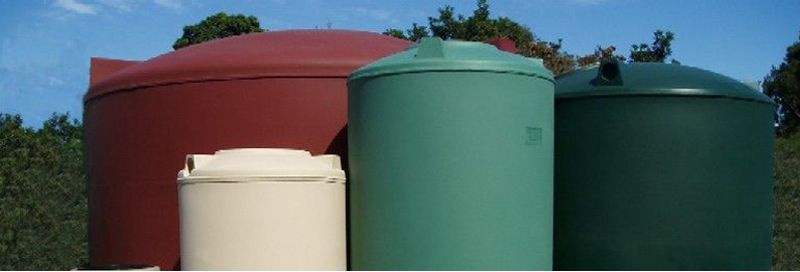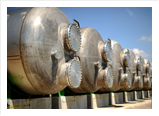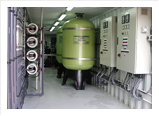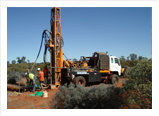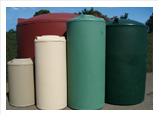Water Quality Guidelines
The following tables match water type for intended use. The main methods of determining the salt content of water are by measuring Total Dissolved Salts (or Solids) and Electrical Conductivity.
Total Dissolved Salts (TDS) is measured by evaporating a known volume of water to dryness, then weighing the solid residue remaining. Electrical conductivity (EC) is measured by passing an electric current between two metal plates (electrodes) in the water sample and measuring how readily current flows (i.e. conducted) between the plates. The more dissolved salt in the water, the stronger the current flow and the higher the EC. Measurements of EC can be used to give an estimate of TDS.
TDS is recorded in milligrams of dissolved solid in one litre of water (mg/L). Parts per million (ppm) is equivalent to mg/L but it is not a favoured unit. EC measures the charge carrying ability (i.e. conductance) of liquid in a measuring cell of specific dimensions. It is necessary to clearly define the units of both conductance and length when talking ECs.
The standard EC unit used by the Victorian Salinity Program and the Murray Darling Basin Commission is microSiemens per centimetre (µS/cm) at 25oC.
Measurement Key:
1dd/Sm = 1mS/cm = 1,000mS/cm = 600 mg/l = 600 ppm
Table 1:Water uses according to EC Range
|
EC Range |
Usefulness of water |
|
0-800 |
|
|
800 – 2,500 |
|
|
2,500 – 10,000 |
|
|
10,000 and above |
|
|
0 – 800 EC (mS/cm) |
800 – 2,300 EC (mS/cm) |
2,300 – 5,500 EC (mS/cm) |
|
Avoid wetting leaves on hot, dry days |
Avoid light, frequent watering and wetting leaves during daytime |
Avoid wetting leaves |
|
Fruits |
||
|
Passionfruit |
Mulberry |
Olive |
|
Vegetables |
||
|
Lettuce |
Cabbage |
Spinach |
|
Flowers |
||
|
Violet |
Rose |
Stock |
|
Livestock |
Levels |
EC (mS/cm) |
Mg/L (ppm) |
|
Poultry |
Production decline begins |
3,100 |
2,000 |
|
Maximum |
6,250 |
4,000 |
|
|
Pigs |
Production decline begins |
3,100 |
2,000 |
|
Maximum |
6,250 |
4,000 |
|
|
Horses |
Health/growth affected |
6,250 |
4,000 |
|
Maximum |
10,900 |
7,000 |
|
|
Dairy Cattle |
Production decline begins |
4,700 |
3,000 |
|
Maximum |
9,300 |
6,000 |
|
|
Beef Cattle |
Production decline begins |
6,250 |
4,000 |
|
Maximum |
15,600 |
10,000 |
|
|
Lactating ewes, weaners |
Production decline begins |
6,000 |
3,800 |
|
Maximum |
10,000 |
6,400 |
|
|
Sheep, dry feed |
Production decline begins |
9,300 |
6,000 |
|
Maximum |
21,800 |
14,000 |


